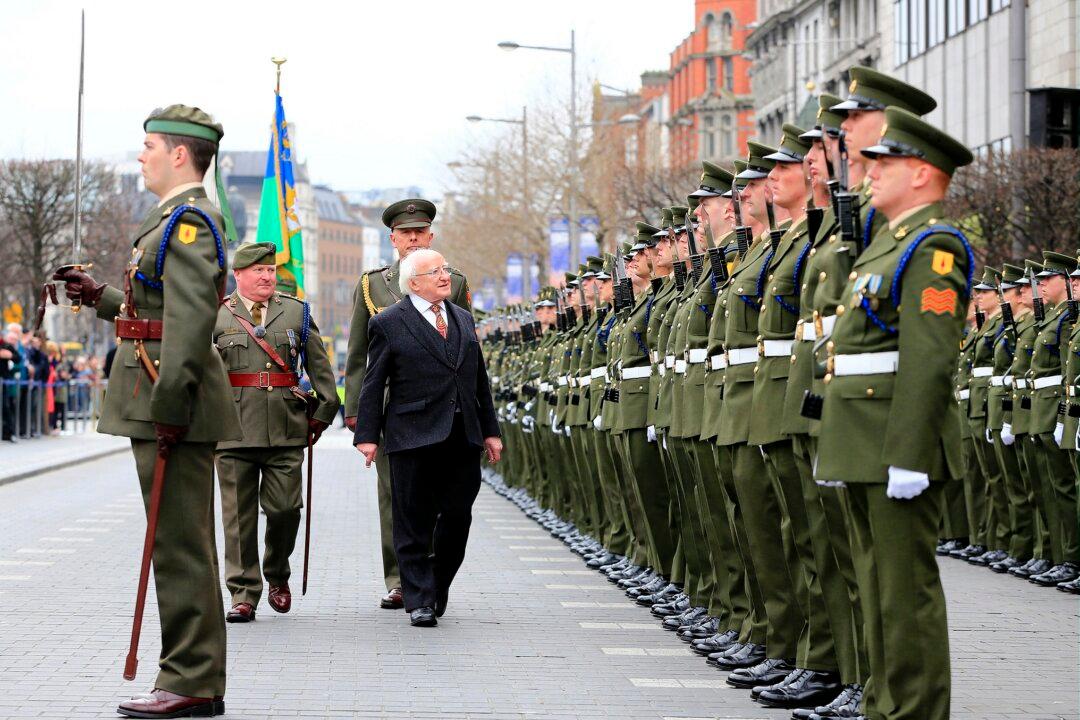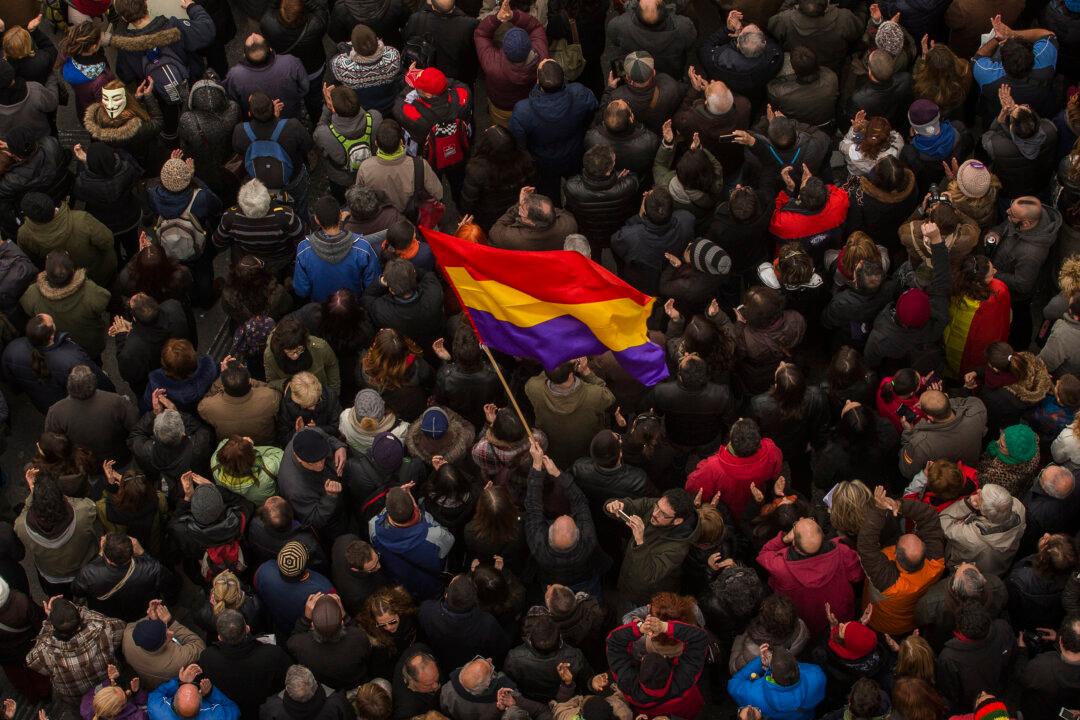What looked like a smooth path to electoral victory for the Irish government has suddenly turned rocky, and the Fine Gael-Labour coalition is scrambling to keep its majority in the 166-seat Dáil. A series of missteps by Fine Gael’s Taoiseach [prime minister] Enda Kenney, and a sharply critical report of the 2008 Irish “bailout,” has introduced an element of volatility into the Feb. 26 vote that may end in a victory by an interesting, if fragile, coalition of leftists and independents.
The center-right Fine Gael and center-left Labour Party currently hold 99 seats, but few observers see them maintaining their majority. Fine Gael has dropped from 30 percent several months ago to 26 percent today, and Labour is only polling at 9 percent. That will not translate into enough seats to control the Dáil, and putting together a ruling coalition will be tricky, particularly when polls indicate that the independent bloc that has picked up 3 percent and is now the number one vote getter. In general, the independents are left or left-leaning.




